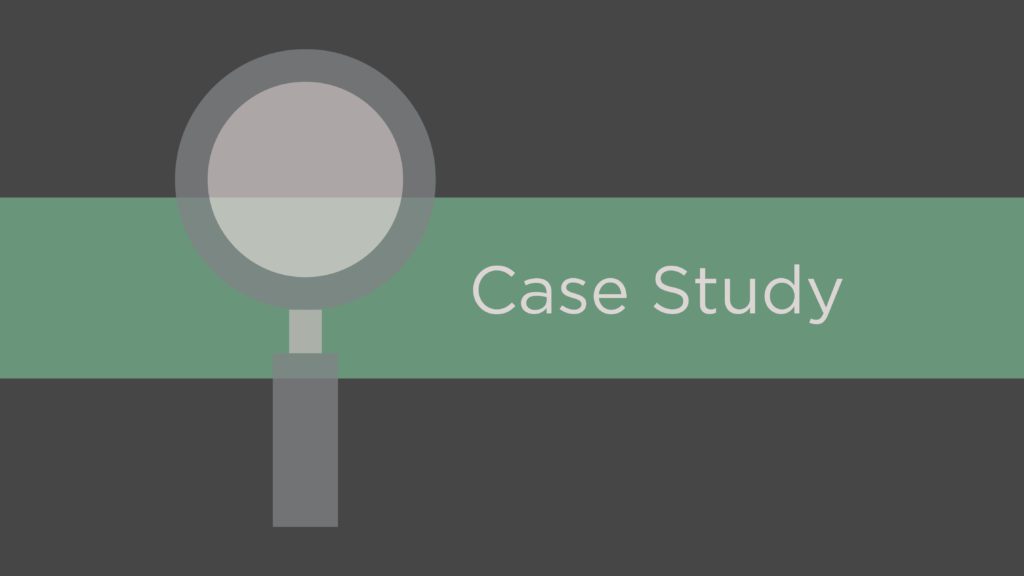Among the trigger events of a small company buy-sell agreement, death of a co-owner typically is included.
Example one: Wendy Young and Victor Thomas both own 50 percent of YT Corp (YT). They have a buy-sell, which calls for Wendy to buy Victor’s interest in YT if he dies. Similarly, Victor will buy Wendy’s interest in YT from her estate if she is the first to die.
Small company buy-sells such as the one for YT often fall into one of two categories:
- Cross purchase – Wendy will buy Victor’s shares directly from his heirs or vice versa
- Redemption – Here, YT will buy the decedent’s interest; if Victor is first to die, YT will buy his shares, leaving Wendy as the sole owner
Finding the funds
With either type of buy-sell, a ‘buy’ must be made, and the decedent’s interest in the company might be extremely valuable. Therefore, life insurance often is used to provide the funds for the buyout.
Example two: In a cross-purchase arrangement, Wendy will acquire a policy on Victor’s life, and Victor will own a policy on Wendy’s life. If Victor dies, the insurance payout will go to Wendy, generally free of income tax. Wendy can use this money to buy Victor’s interest in YT from his estate at the price set in the buy-sell.
If Victor is the survivor, the process will take place in reverse.
Pros & cons
There are some advantages to a cross-purchase arrangement. If the shares have appreciated over the years, Wendy will get a basis step-up to current value when she buys Victor’s shares. That could reduce the tax on a future sale of all of Wendy’s shares.
On the other hand, the premiums on a large life insurance policy could be substantial. Wendy and Victor might not be willing and able to pay these costs personally. This issue could be further complicated if, say, Victor is much older than Wendy and in poor health. The premiums on a policy insuring Victor could be much higher than the premiums for a policy insuring Wendy; this disparity may have to be resolved by some financial arrangement between the owners.
In addition, not every small company has two co-owners. With three owners, each would have to own life insurance policies on two others, for a total of six policies. Four owners would need 12 policies and so on.
Regarding redemptions
Some of these cross-purchase problems can be resolved by using a corporate redemption plan.
Example three: In a redemption plan, YT needs to buy only two life insurance policies: one on Wendy and the other on Victor. If Victor dies, the death benefit goes to YT, which uses the money to redeem Victor’s shares. If Wendy dies first, YT will buy her shares.
This method addresses the problems of multiple owners, uneven premium payments, and personal outlays for premiums. On the negative side, a redemption plan places what might be valuable insurance policies in the company’s possession, subject to creditors’ claims. Adverse tax issues also may arise, including the loss of a basis step-up for the surviving co-owner or owners.
Other ways to use life insurance for buy-sells may be suggested by an experienced insurance agent. For instance, a trust might be created and funded by multiple co-owners, with an independent trustee acquiring life insurance policies on those owners’ lives. The taxation of a trusteed buy-sell might be more favorable than taxation of a redemption plan. Our office can explain the likely tax consequences of any strategy you are considering for funding a buy-sell through life insurance.
If your company initiates a buy-sell to be funded with life insurance, make sure to keep the policies up to date. If the company’s value grows but the coverage does not increase, the insurance payout could be only a fraction of the required purchase price.

